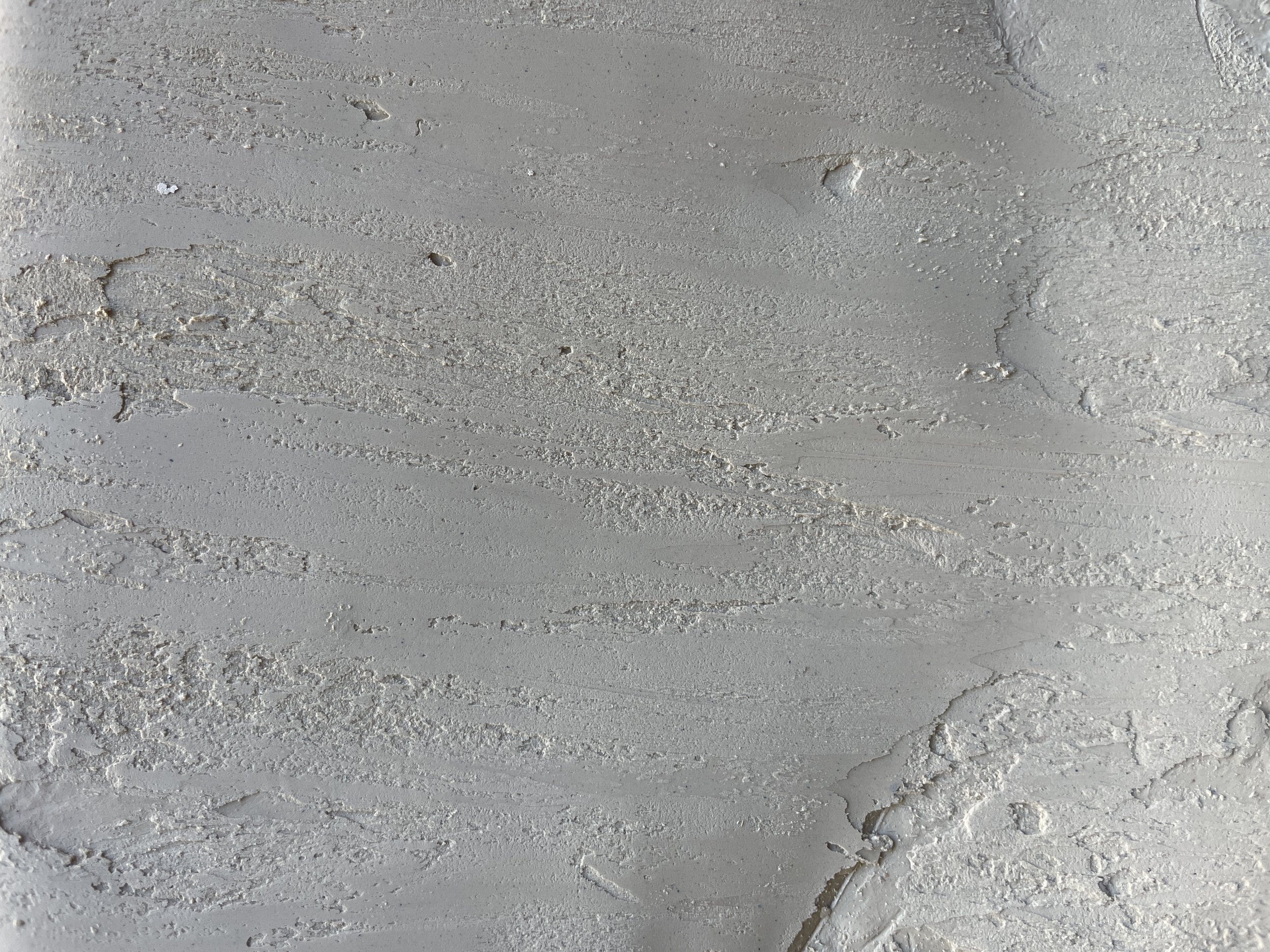OUR MATERIALS || CLAY & GLAZE || CLAY
CLAY
Alternative Names & Variations: Porcelain Clay, Kaolin Clay, Stoneware Clay, Earthenware Clay, Ball Clay
Color: Anywhere from White to Red, Dark Brown or Black
Hardness: The hardness of pottery clay varies based on its type and firing temperature. Earthenware clay reaches its optimum hardness at lower temperatures (1745 F to 2012 F), while stoneware clays mature between 2150 F and 2336 F. Ball clays mature at about 2336 F, fire clays at approximately 2696 F, and kaolin clays (porcelain) at 3272 F.
Sustainability Status: The sustainability of pottery clay depends on the mining practices and the environmental impact of extraction. Sustainable practices involve responsible sourcing and mining methods to minimize ecological disruption.
Characteristics: Pottery clay possesses unique plasticity, allowing it to form a cohesive mass when wet and retain its shape when molded. When fired at high temperatures, clay transforms into ceramic material with a tight, hard, rock-like structure. Each type of clay, from earthenware to kaolin, presents distinct colors, plasticity levels, and firing ranges, influencing its suitability for various ceramic applications.
Pottery clay, with its diverse types and inherent characteristics, serves as a versatile medium for artistic expression and functional creations.
STRENGTHS
-
Pottery clay comes in various types suitable for diverse applications, including earthenware for everyday pottery and stoneware for durable, functional pieces.
-
Clay bodies can be commercially purchased or customized by mixing dry clays and additives, providing flexibility in crafting tailored clay compositions for different purposes.
WEAKNESSES
-
Once clay pieces are fired, they are subject to break easily if dropped or knocked over depending on the thickness of the piece.

